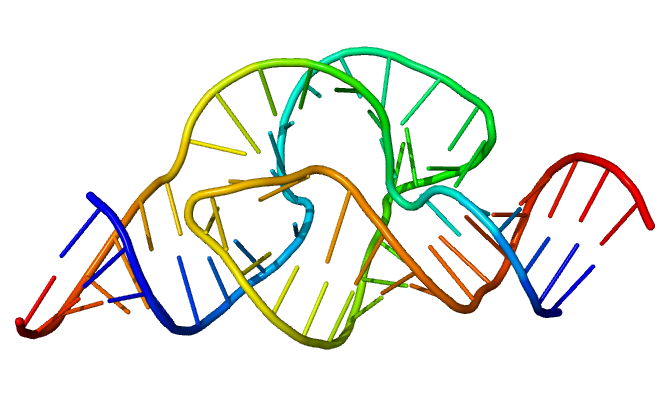 Given that, as well as specified by the Order of Veterinarians, there is no possibility of infection transmission, of the novel COVID-19, from our pets; nevertheless our puppies can get infected by the human genome of the COVID-19, several studies highlight the mutations of the virus, as a cause of respiratory diseases, to be of different types and for this reason, it is considered necessary the examination of the causes and effects of the mutations of coronavirus in animals. At this time, there is no evidence that companion animals, including pets, can spread COVID-19 or that they might be a source of infection.
Given that, as well as specified by the Order of Veterinarians, there is no possibility of infection transmission, of the novel COVID-19, from our pets; nevertheless our puppies can get infected by the human genome of the COVID-19, several studies highlight the mutations of the virus, as a cause of respiratory diseases, to be of different types and for this reason, it is considered necessary the examination of the causes and effects of the mutations of coronavirus in animals. At this time, there is no evidence that companion animals, including pets, can spread COVID-19 or that they might be a source of infection.
COVID-19 is a novel and distinct member of the Coronaviridae family, with unknown origin.
In general, in humans, the coronavirues cause respiratory infections, including the common cold, which are typically mild, though rarer forms such as SARS, MERS and COVID-19 can be lethal. Symptoms vary in other species: in chickens, they cause an upper respiratory disease, while in cows and pigs coronaviruses cause diarrhea. Below, it will be considered some experimental data made on dogs affected by a form of coronavirus, the canine cov (CCov).
The genus coronavirus is composed of at least three genetically distinct groups of CoV that cause mild to severe enteric, respiratory, or systemic disease in domestic and wild animals, poultry, rodents, and carnivores and mild colds in humans.
The likelihood that SARS-CoV is a zoonotic infection, potentially transmitted from wild animals to humans, is not unprecedented, but differs from pets transmission of infection; and for this reason, based on previous research on interspecies, recent data suggest that SARS-CoV may also have a broad host range, besides humans.
Studies of animal CoV infections provide enteric and respiratory disease models that enhance understanding of similarities and divergence of CoV disease pathogenesis in humans and provides targets for control.
Included in the Coronaviridae family, Coronavirus is responsible for respiratory and / or intestinal forms in mammals and birds, its shape is a symmetry virus helical, provided with envelopes and positive polarity single-chain RNA (single strand folded onto itself, rather than a paired double strands as DNA), which means made of polymeric molecular essential for coding, decoding, regulating expression of genes.
According to a study conducted on May 2003 by the Departments of Zoology and Microbiology, University of Hong Kong, China, the characteristic structural and functional domains on the putative genes of a newly emergent SARS-CoV was phylogenetically distant from other known members. It was 2003 and that type of SARS-COV is genetically different from today SARS-CoV2 (COV-19).
Furthermore, the need to understand the mutation within the cornaviridae family, and therefore to grasp the similarities that could be key to the projection of a correct estimation of the transmission rate and lethality rate of the present pandemic, requires family’s insights.
Coronavirus are generally based on three distinct clusters, and within each cluster, classified according to their natural host (human/animal), differentiating for the nucleotide sequence of the genomic RNA and the serological correlations.
Three different coronavirus genotypes are currently recognized in the dogs. Recently, Erles and collaborators have identified, in dogs with respiratory symptoms (kennel cough or syndrome respiratory tract of dogs, CIRD), a new coronavirus, called the respiratory coronavirus of dogs (CRCoV). Crowding and unsanitary conditions lead to coronavirus transmission. The incubation period from ingestion to clinical signs is one to four days. The duration of illness is two to ten days in most dogs. Secondary infections by bacteria, parasites, and other viruses may develop and prolong illness and recovery. Dogs may be carriers of the disease for up to six months (180 days) after infection.
As can be understood, in terms of similarity of action, the viruses in themselves have some links, both canine and humans type.
The sequence analysis of the polymerase allowed to include CRCoV in group 2 coronaviruses and highlight a genetic correlation of 98.8% with the bovine coronavirus (BCoV) and 98.4% with human coronavirus (HCoV) OC43.

